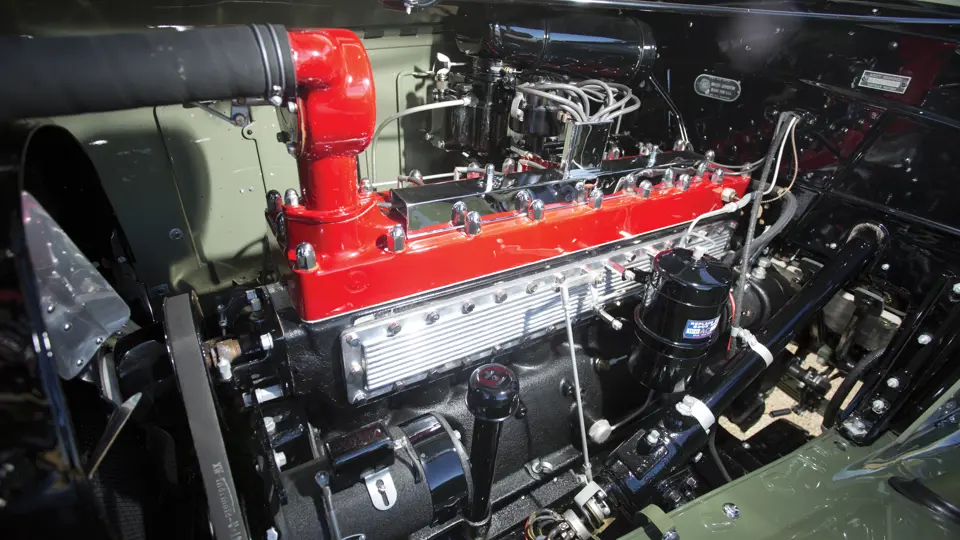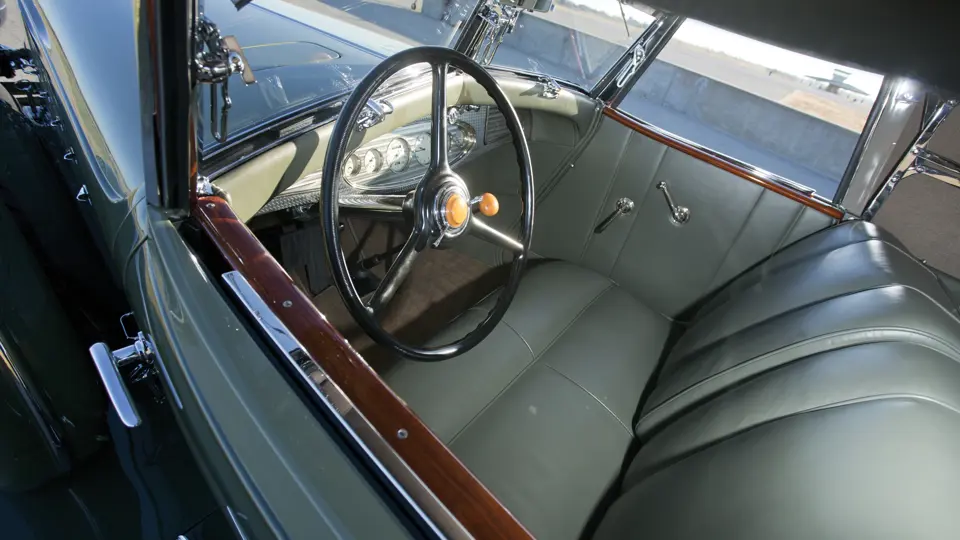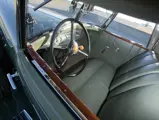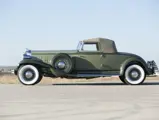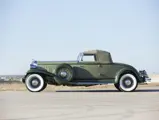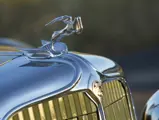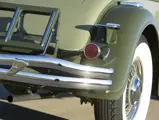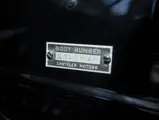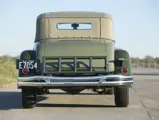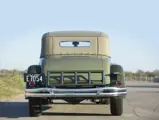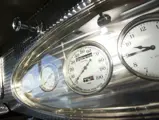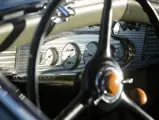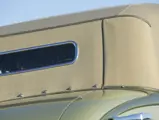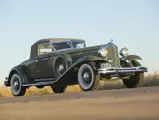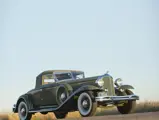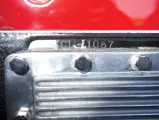135 bhp, 385 cu. in. high compression Red Head inline eight-cylinder engine, three-speed manual transmission, solid axle front suspension with leaf springs, live axle rear suspension with leaf springs, and four-wheel hydraulic drum brakes. Wheelbase: 146 in.
As Chrysler rolled into the 1931 calendar year, it mounted a serious assault on the fine-car market by offering a more affordable luxury car that still offered bountiful styling and performance. With its long-wheelbase chassis, flowing fenders, and smart LeBaron-designed coachwork, the Imperial was among the most beautiful classics of its era. While its chassis and drivetrain was certainly conventional, the car was quick, with its 385-cubic inch, nine-main-bearing straight eight producing 125 horsepower.
For 1932, the original CG Imperial was refined into the CL, with enhanced front end design, an extended hood with ventilation doors rather than louvered, and new bodies. Many of the bodies were “semi-custom” designs by LeBaron Carrossiers, the prestigious coachbuilding firm established in 1924 by Thomas Hibbard and Raymond Dietrich. By the time of the CL Imperial, the company was an imprint of Briggs, the large Detroit body firm, and was led by Ralph Roberts, an equally talented designer.
Unfortunately, by the time the Roberts-styled CL Imperial appeared in 1932, the fine-car market had all but disappeared. As a result, today these are among the most rare and desirable Chryslers of the era—just as they were when new.
The car offered here was one of only about 220 Chrysler CL Imperials built in 1932, and it is one of just 28 fitted with the sporty convertible coupe bodywork. Delivered new in Portland, Oregon, it eventually wandered south to North Hollywood, California, specifically to the Atlantic Wrecker Company, the fabled junkyard of Mike McManus, from which numerous classics were rescued during the 1950s.
In the case of this Chrysler, the rescuer who eventually came for the car was a young man from Denver, Colorado. The car returned to Colorado with him, and it was, in short order, reportedly engaged in a wild and hectic police chase—so wild, in fact, that the new owner missed a turn and rolled the car into a ditch by the side of the road. The reason for the chase has never been confirmed, but it has always been rumored to have been a bank robbery—perhaps he had trouble paying for the car.
The car was damaged but not severely, and it was put away in a garage for several years. It eventually made its way through Nebraska ownership and eventually found its way into the noted collections of Don Sears and Knox Kershaw, and then was acquired in 2002 by Joe Martin. After examining all of the serial numbers and body tags, Martin satisfied himself as to the car’s authenticity and endeavored to continue the restoration that Kershaw had begun and to return the car to its original beauty.
The car’s nut-and-bolt, body-off restoration was completed by Richard Fass’s Stone Barn Restorations, of New Jersey, whose cars have won many awards at concours events nationwide, including multiple Best of Show awards at Pebble Beach. It should be noted that Fass executed a total rebuild of the engine and that the spectacular interior was done by Sharp Automotive Upholsterers, of Ohio. The large binder of documentation that accompanies the car thoroughly documents its restoration and the lengths that Kershaw and Martin went to in order to ensure the authenticity and excellence of all components.
Since completion, the stunning Chrysler has also been very successful on the show field, winning several Best of Show awards itself. Finished in a simply spectacular two-tone green, “The Denver Car,” as it is known among CL enthusiasts, remains an outstanding, show-quality automobile with its original engine, and it has been properly cared for by its collector caretakers. Like many other early Imperials, it sports a desirable three-speed gearbox that has replaced the troublesome four-speeds with which these cars were originally equipped; it also has a trunk rack, wire wheels, and wide whitewall tires, as well as dual side-mounted spares with hard covers. Above all, it has the thrilling kind of stories that make wonderful conversation in one’s garage or in the driver’s seat of one of America’s grand pre-war autos.

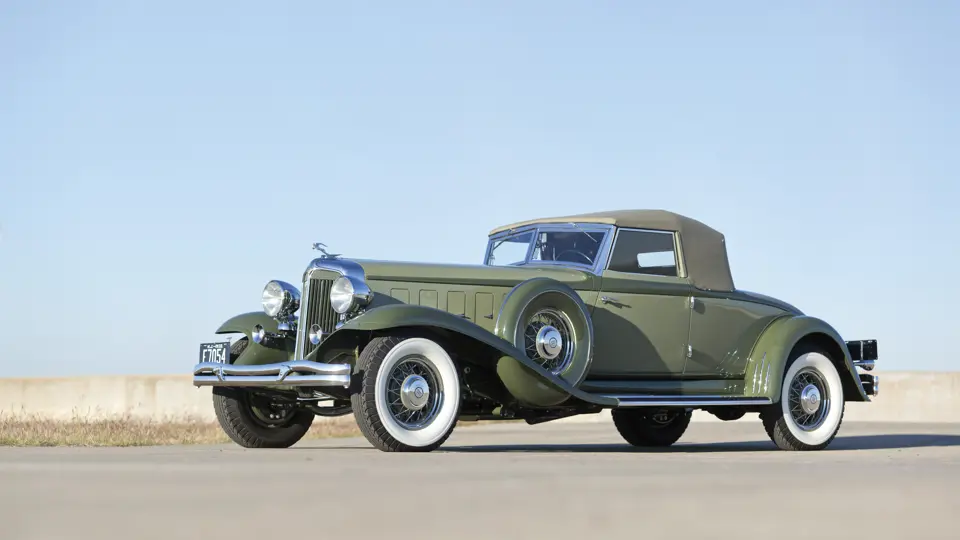


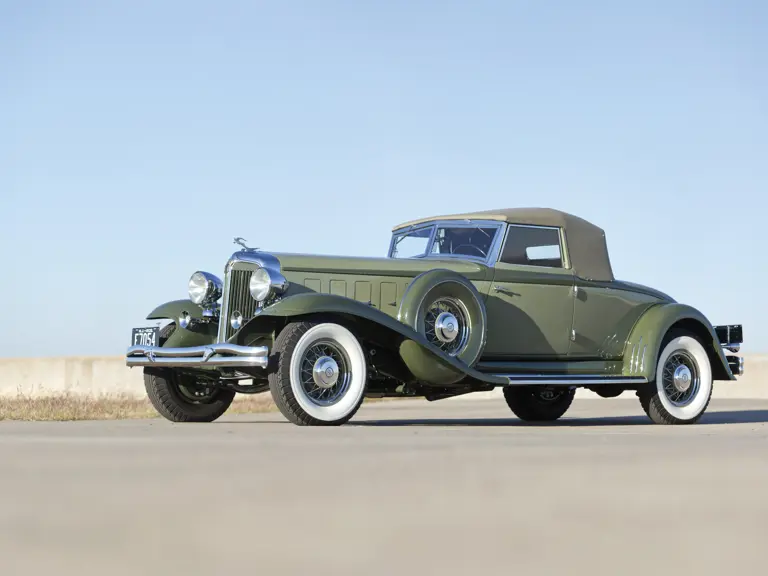
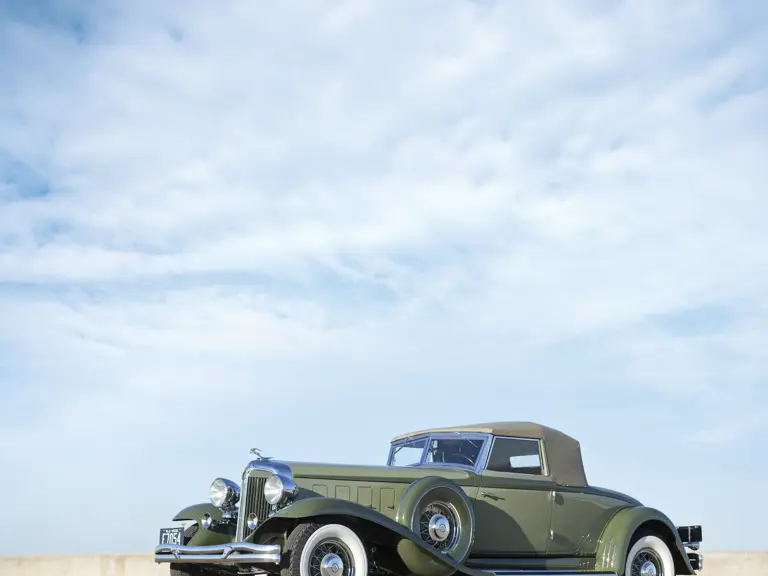
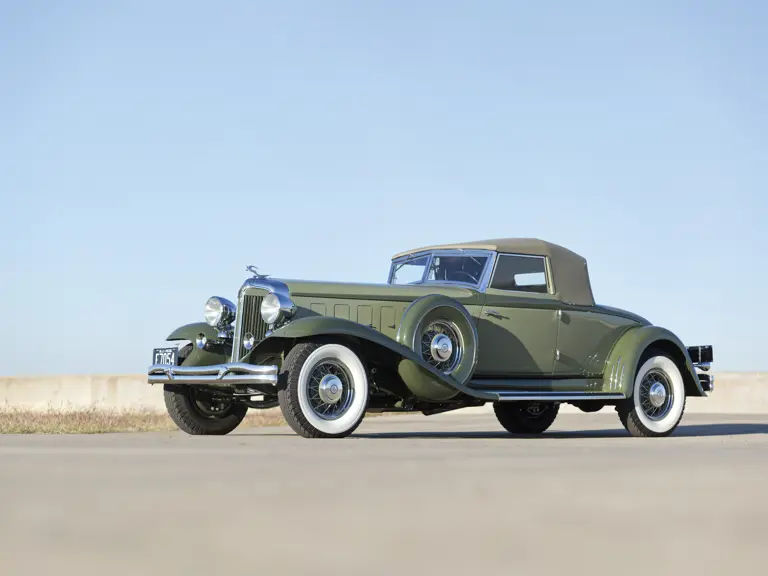
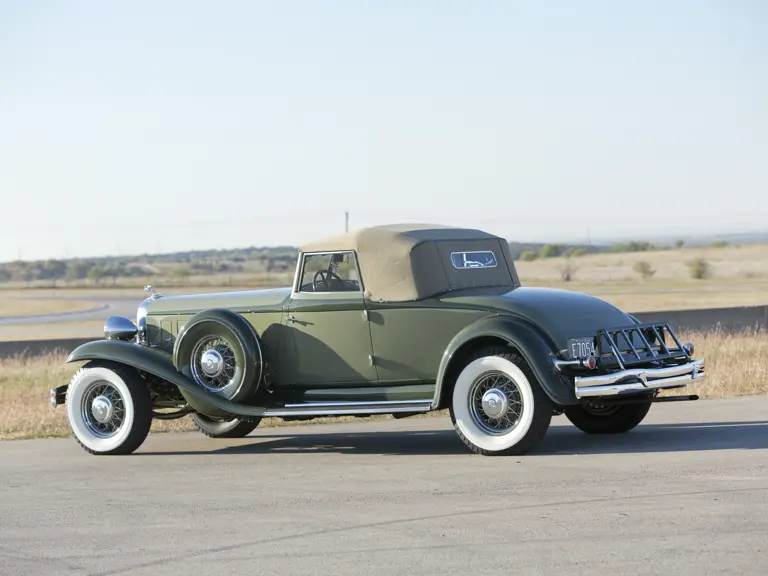
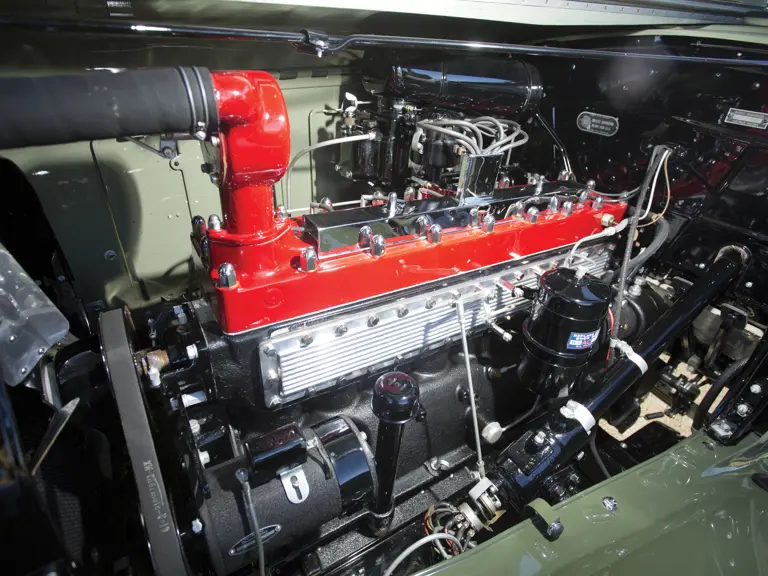

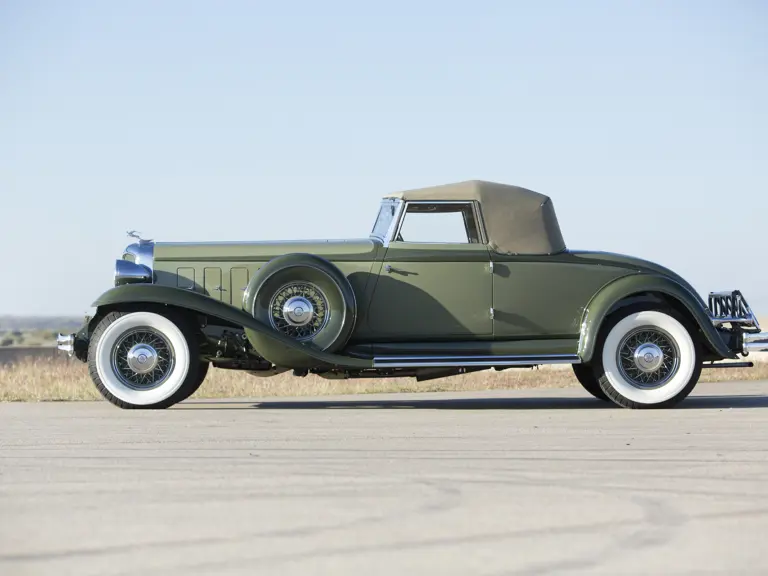
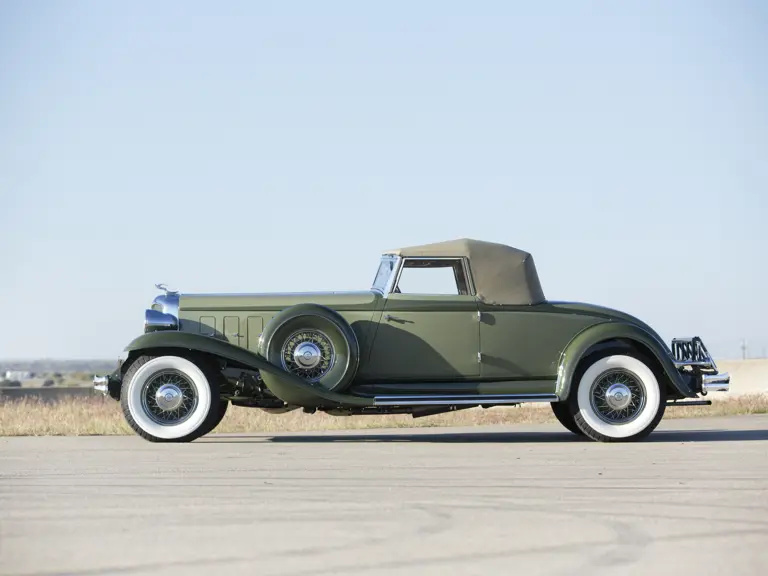
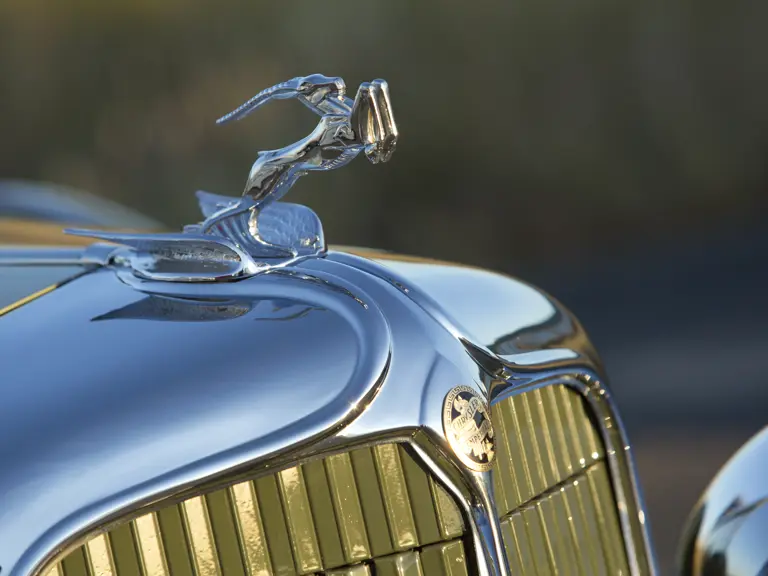
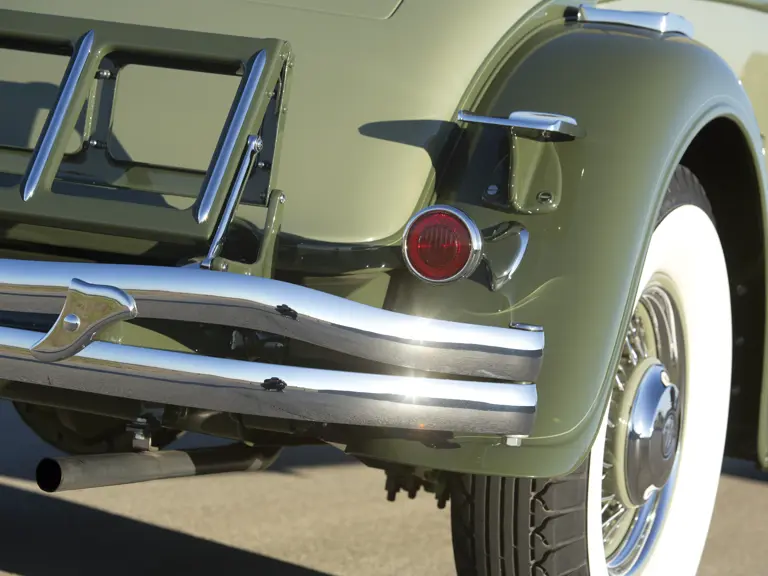
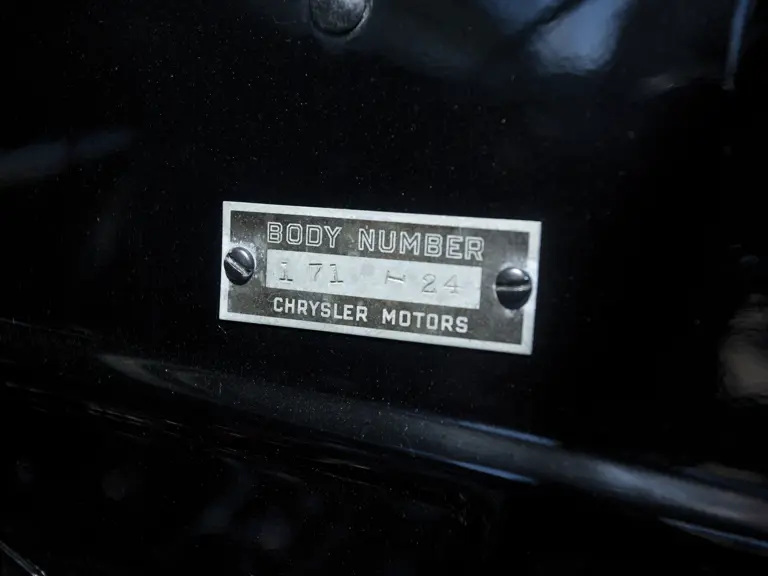

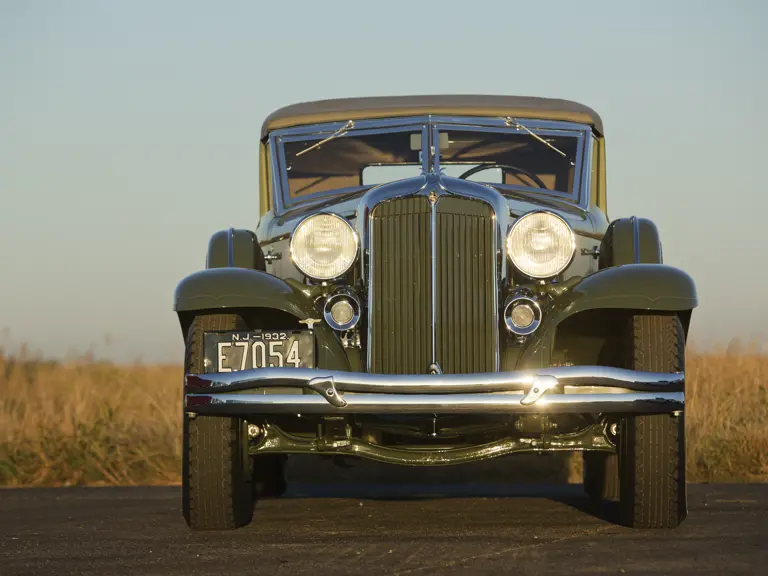




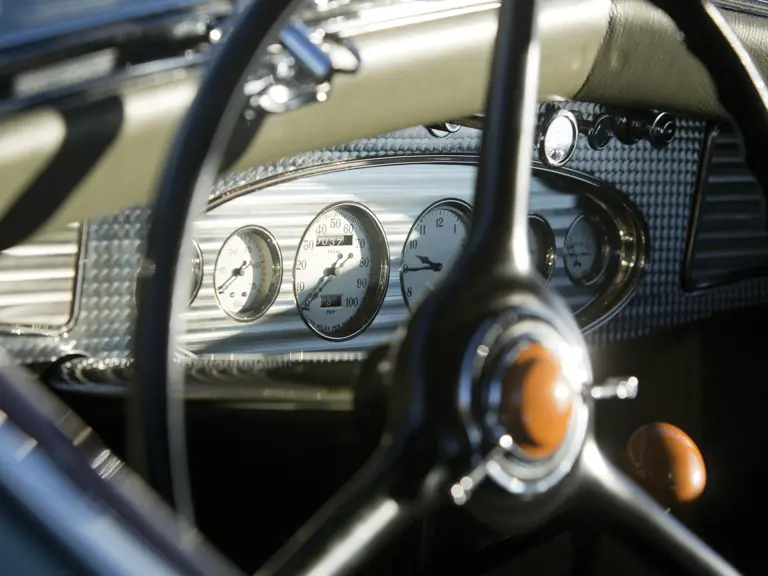
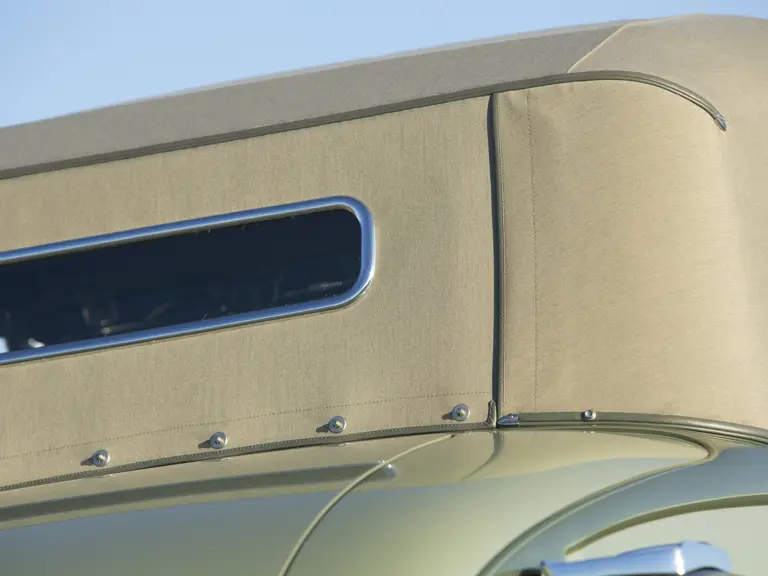
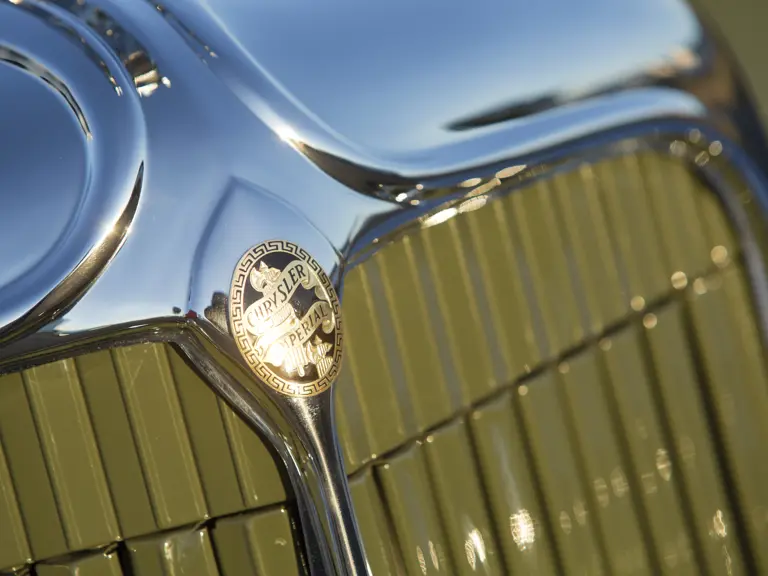
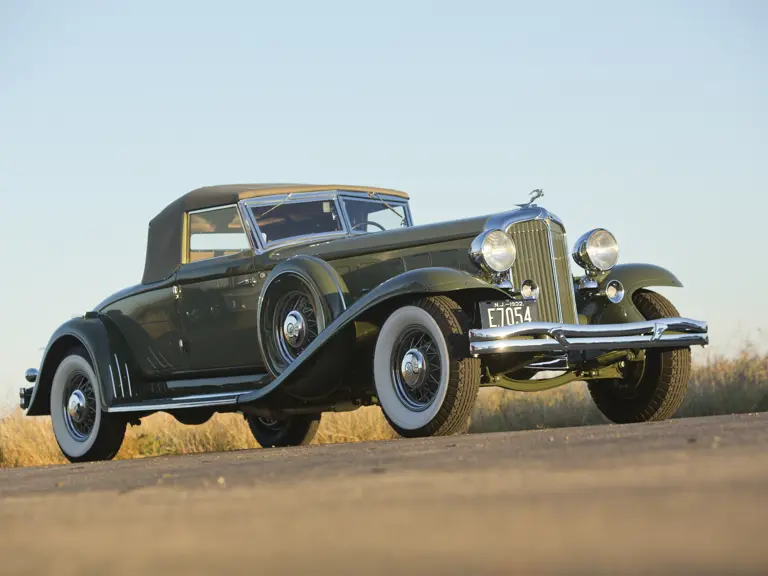

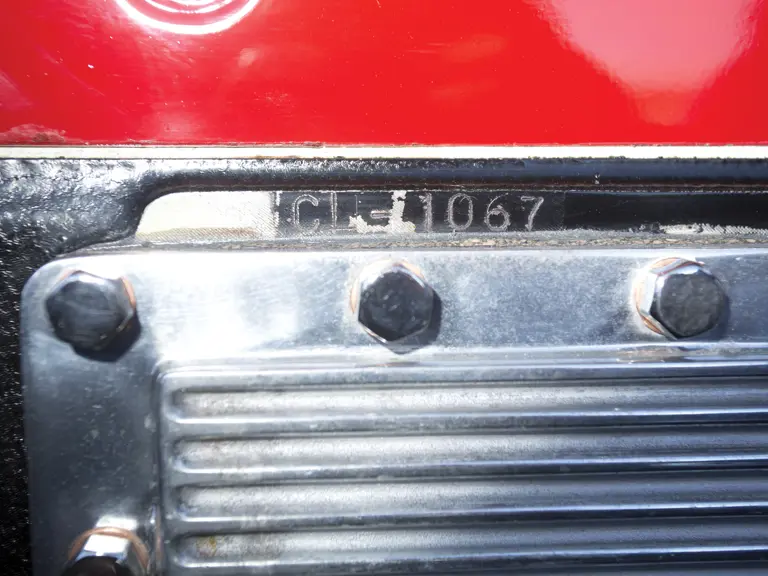

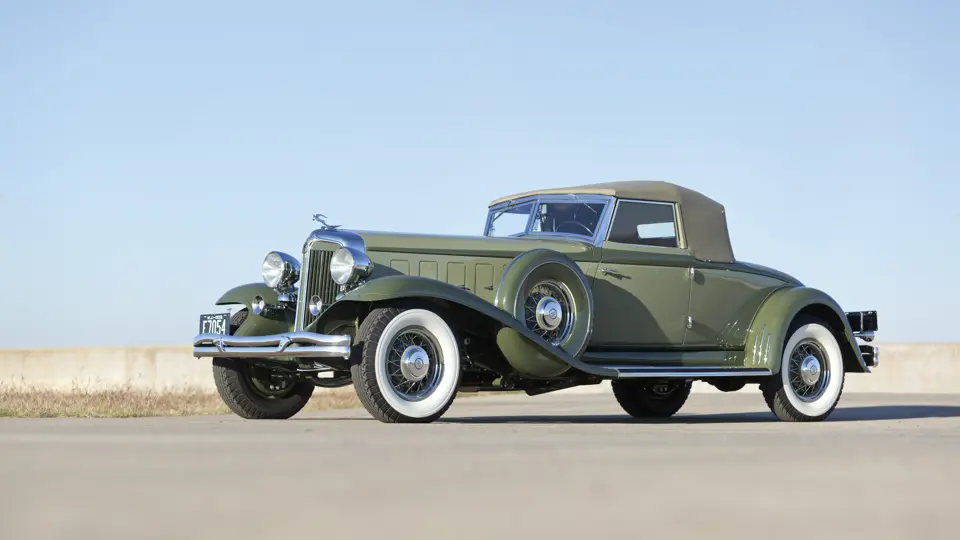
 | Amelia Island, Florida
| Amelia Island, Florida
